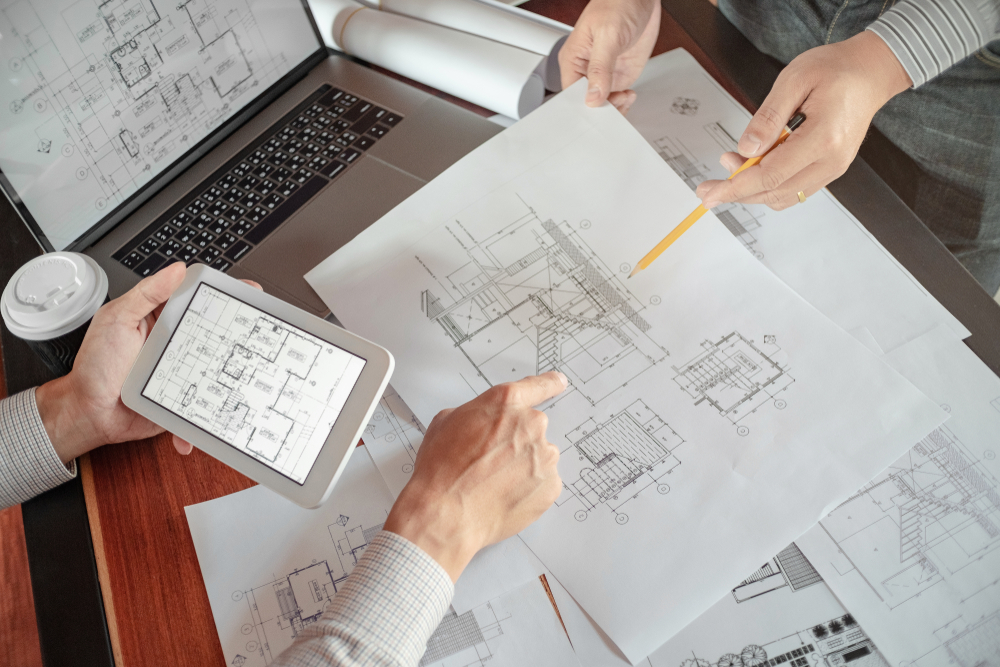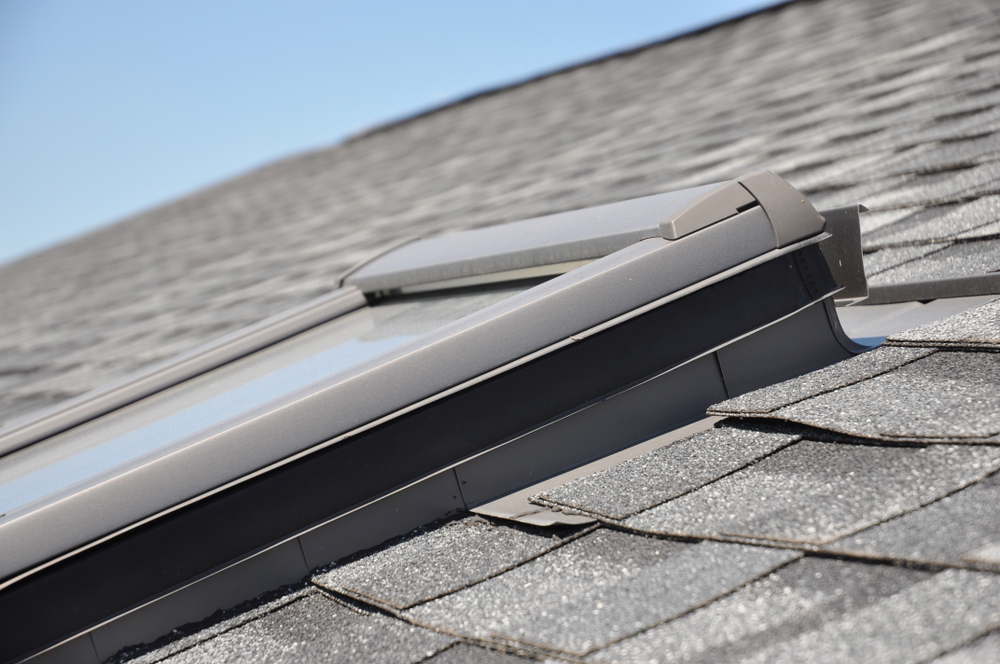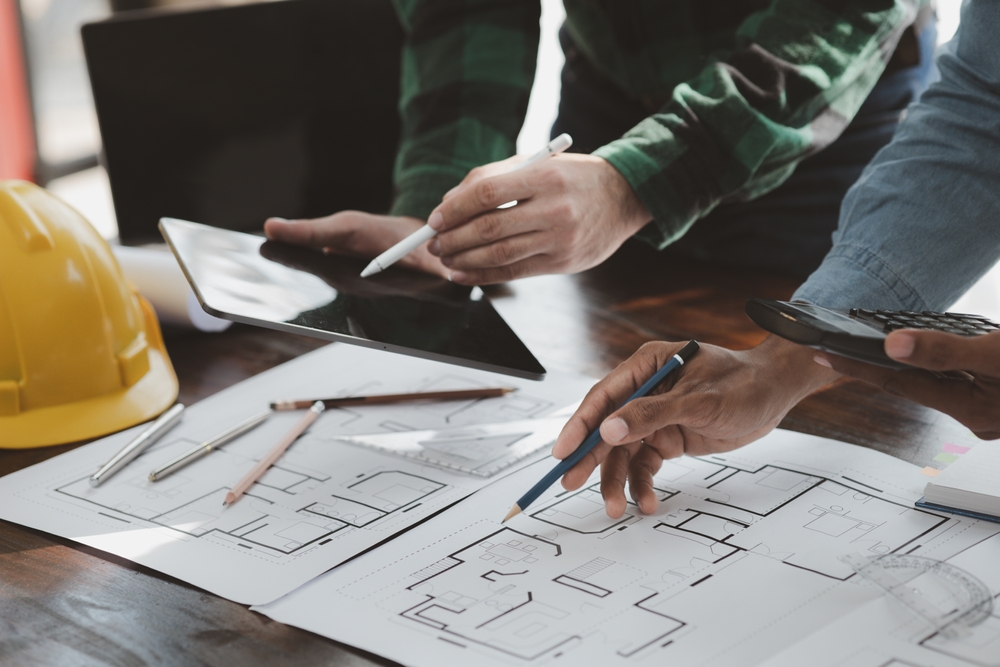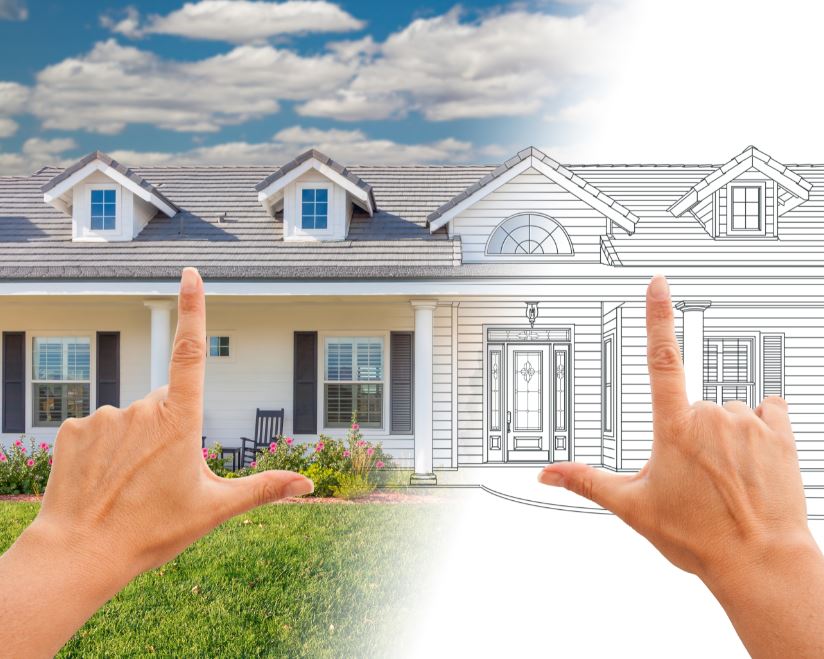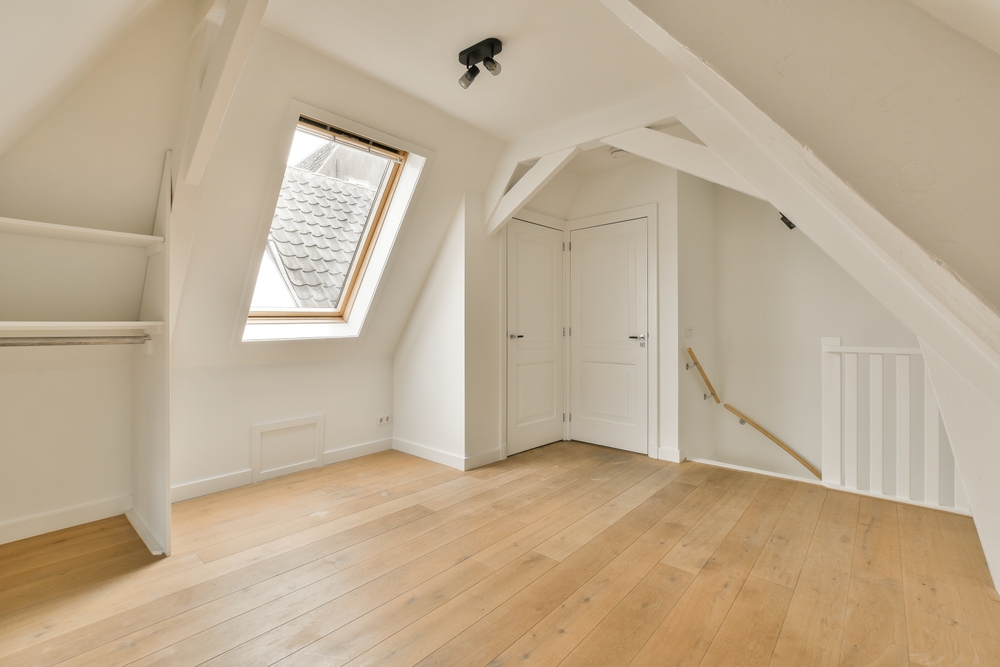Common Issues With Building Custom Home
A custom house in a suburban setting can be the stuff of dreams for many people. You get to design a home exactly how you want it, down to the specific elements in each room. However, as the procedure progresses, several complications could come up. Consider these seven situations to help you avoid finding your new house less than ideal.
1. The Buyer is Unaware of the Construction Process
When you create blueprints and give them to a builder, it’s common to end up with a home you’re not entirely happy with. Take an active role in the planning and construction phases rather than relying on the builder to read your mind to ensure everything turns out as you want.
2. You do not factor in the area around the house’s grounds.
You must purchase the land on which the house is built and the actual Property. Any preparation work, such as moving boulders before construction, is also included in that price, which could increase the final bill.
3. Your Builder does Not inspect the Property
The contractor you put your trust in frequently uses a subcontractor for the majority of the work and neglects to conduct required construction inspections. When a third party is engaged, mistakes can be made, the wrong materials can be used, and building codes may not be followed. Learn who will be performing the actual work when the project starts in response.
4. Optional Agreements
What would happen if a task was carried out improperly or below industry standards for construction? Your contract with the contractor should expressly state how the project will be carried out, who will own the work, and how mistakes will be handled. If not, there is a reasonable likelihood that the builder won’t accept liability for subpar work.
5. You Only Consider Purchase
As the saying goes, you get precisely what you pay for, and your custom home is no exception. Low-quality buildings might result from choosing a constructor only based on price without considering the quality of the work. Instead, speak with many builders. As you proceed with this procedure, ask to see samples of their work and their price ranges. Remember that you will be the one living in the house once the builder’s job is finished!
6. You Make Many Plans Without a Builder and Buy a Lot.
Although you have an idea of the characteristics you want in your ideal home and are eager to start the project, it is advised that you collaborate with a builder at every stage. In this way, before the work begins, someone with more building experience can address architectural problems and Property concerns and help choose materials.
7. No Prototype is Made.
Never begin construction without a blueprint. You or the builder should create a prototype during the design phase to make sure that:
- Doors are correctly positioned and have space to open and shut.
- Heating and ventilation systems are routed effectively.
- The drainage, foundation, and roof are all set up correctly to avoid water damage.
If you want a personalized house, trust Driscoll Contracting. Our labor is precise and knowledgeable, and the results speak for themselves! Each of our high-quality homes offers a five-year warranty that leads the industry—considering buying an energy-efficient home? Call us right away to find out more.

